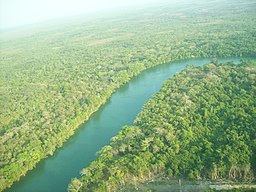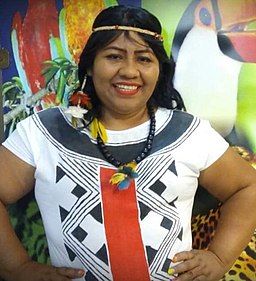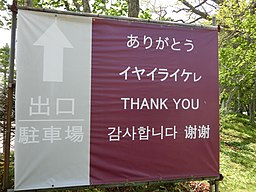As indigenous peoples in the United States assess opportunities for legal reform consistent with the Declaration, it is helpful to examine the approaches of other countries.
Maya Land Rights in Belize

In the 1990s, the government of Belize had granted logging concessions and oil exploration licenses allowing companies to engage in natural resource activities on lands used and occupied by the Maya people. The Maya decided to fight these activities through a strategy that was partly legal—namely arguing that, as a matter of equality, indigenous land tenure should be treated equally with the land rights of other citizens—and partly cultural—namely strengthening the language, subsistence activities, governance, and families of the Maya people. A 2007 landmark decision of the Belize Supreme Court recognized that Maya customary land rights constitute property under the Belize constitution and ordered that Belize recognize and demarcate the collective title of the Maya, while also ceasing to interfere with the use and value of the land.88 Importantly, the Court cited the Declaration’s Article 26, which provides:
- Indigenous peoples have the right to the lands, territories and resources which they have traditionally owned, occupied or otherwise used or acquired.
- Indigenous peoples have the right to own, use, develop and control the lands, territories and resources that they possess by reason of traditional ownership or other traditional occupation or use, as well as those which they have otherwise acquired.
- States shall give legal recognition and protection to these lands, territories and resources. Such recognition shall be conducted with due respect to the customs, traditions and land tenure systems of the indigenous peoples concerned.
Toward a National Action Plan in New Zealand
New Zealand has become the first country to seriously commit to the development of a national action plan to implement the Declaration. This follows on years of advocacy by Māori people supporting the adoption of the Declaration and then participating in UN processes to hold New Zealand to its terms.

Under EMRIP’s recently expanded mandate, the Aotearoa Independent rted by the state of New
Zealand, which worked with the Māori parties and EMRIP to set terms of reference for the visit. In April 2019, EMRIP experts visited the country to facilitate dialogue and provide technical advice to support the drafting of a strategy or action plan that includes specific measures and objectives to implement the Declaration in New Zealand, including the right to self-determination as a cross-cutting right. EMRIP provided advice on an appropriate engagement strategy associated with the plan, with a particular focus on identifying how Māori leaders and individuals can partner in the process of developing and implementing the plan. At this writing, New Zealand is still working to assess and integrate this advice, a process that will take time. The New Zealand example illustrates the use of international indigenous peoples’ mechanisms in domestic implementation and may ultimately give rise to the first national implementation plan for the Declaration.
Resistance in Brazil Amidst Regressive Attitudes

In Brazil, the government recognizes over three hundred indigenous groups, speaking 280 different languages, including at least 26 groups living in voluntary isolation. While indigenous peoples live and have territories in all twenty-six federated states, they are currently struggling with and resisting a significant regression regarding indigenous peoples’ rights in Brazilian politics. Elected in 2018, President Jair Bolsonaro campaigned on returning to past policies with regard to indigenous peoples. His view is that indigenous peoples hold too much land and that it could be used more profitably for extractive industries. As media outlets have reported, gold miners recently killed indigenous leaders, perhaps emboldened by Bolsonaro to exploit otherwise protected indigenous lands.
There is a growing awareness of the Declaration and of the role of special rapporteurs precisely because of the state’s disregard for indigenous peoples’ rights. Nonetheless, it is also true that, for the most part, grassroots organizations do not know about the Declaration. But when indigenous people learn about the Declaration, they feel empowered knowing that their rights are written in instruments that can help them achieve favorable legal results.
Japanese Recognition of the Ainu
The Ainu of Japan are a northern people of hunter-gatherers and fishermen who have maintained their own unique religion, language, culture and lifeways since ancient times, in balance with the natural surroundings of Hokkaido, Sakhalin, and the Kurile Islands, also known as Ainu Mosir, the Land of the Ainu.

Recent national legislation, which became effective on May 24, 2019, formally recognizes the Ainu as the indigenous people of Japan. On the one hand, this is one of relatively few examples of national legislation in Asia recognizing indigenous peoples, and it eases the regulatory process for Ainu access to fishing and hunting. On the other hand, some have criticized it as focusing primarily on cultural institutions and the attraction of tourists. The legislation has been reported to lack rights of self-determination and education, as recognized in the Declaration. The Ainu face poverty, discrimination, and oppression, as well as environmental challenges and incidents of hate speech. According to Yoshida, these issues, along with repatriation of human remains, must be addressed for the Ainu to achieve justice consistent with the Declaration going forward.
